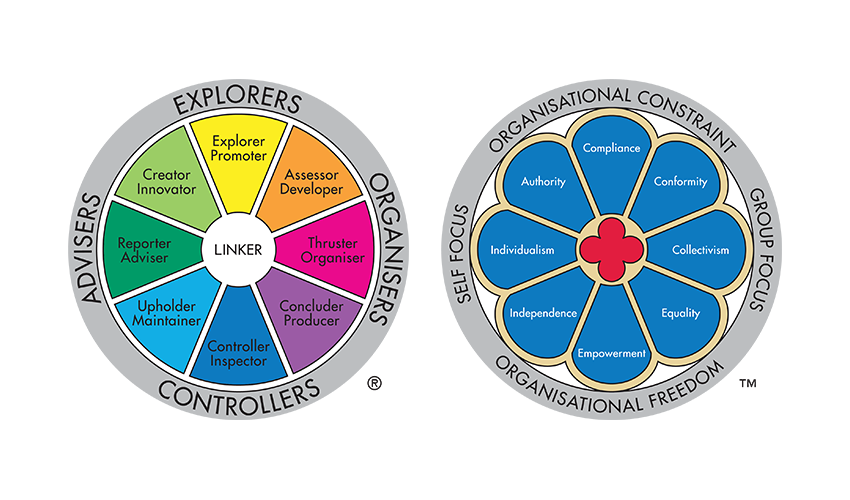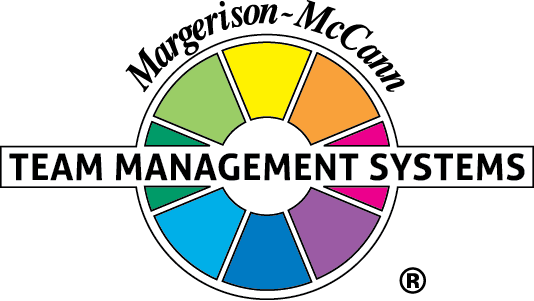
TMP & WoWV: A Powerful Combination
A multinational manufacturing company, Armstrong Flooring, engaged Amicus to facilitate a culture change initiative that would address key behaviours designed to enhance engagement and collaboration. A four-stage program involving 10 senior leaders was rolled out over several months. The Team Management Profile (TMP) and the Windows on Work Values (WoWV) Profile were used to increase self-awareness, develop an appreciation for diversity, and provide a framework for refining communication practices. Outcomes from this program included improved communication skills, greater team cohesion, and a new team charter designed from the WoWV advanced reports. Post program evaluation confirmed that change had been successfully set in motion with a shift towards accountability and outcomes, and that the TMP and the WoWV were considered as essential components to this change process.
Challenge
In 2020 a rebranding initiative had set a new direction for Armstrong Flooring. Eighteen months later, many key objectives were being achieved. However, the objective of creating a more engaged, collaborative culture had stalled. The GM identified that communication practices role modeled by the leadership team were not aligned with the desired culture, and that a more open, honest, and human approach was called for.
Armstrong Flooring was committed to culture change and had identified a strategy to achieve this by developing the leadership team's interpersonal skills.
The narrative needed to change from "playing it safe" when communicating with colleagues, to one of "personal accountability" and achieving "organisational outcomes".
Approach
Amicus designed a series of four workshops to facilitate the necessary cultural shift. The program used both the TMP and the WoWV as foundational frameworks to explain work preferences and approaches; diversity of strengths and perspectives; and the importance of values alignment as a way of increasing cohesion and collaboration.
The first workshop set context and clarified how the leadership team visualised a more collaborative and engaged culture. Open discussion was encouraged to tease out what was working and what was not working in terms of culture at Armstrong.
Before the next workshop, each leader completed a TMP and a WoWV Profile, and received a one on one debrief.
The second workshop focused on building self-awareness, developing communication skills, and increasing an appreciation for team diversity. Several Team Management Systems activities were accessed via TMS Global to facilitate this process:
• A Team 3,2,1 was used to highlight specific strategies for linking more effectively together.
• Job match was used to encourage self-reflection which considered job preferences and current job demands.
• The pacing tool was used to help participants gain specific insight in communicating more effectively with team members.
• Advanced reports were used to highlight team diversity and inform a team SWOT analysis.
The third workshop focused on how behaviour change could be supported by redrafting the team's charter. The WoWV was used to understand each team member's values hierarchy and how this influenced team interactions. By making these values more salient, a charter was designed as a guide for desired behaviour, reflective of the organsiation's values.
The fourth and final workshop implemented the learnings from the past three workshops, and used the knowledge built from the TMP and WoWV to inform effective communication strategies. With a more complete picture of one another's strengths and differences, leaders were able to put into practice communication skills specifically designed to put "team before self" as a way of fostering individual accountability and collectively achieving organsational outcomes.
Outcome
A feedback survey was completed post program to measure the impact of program content, and the perceived level of cultural change. All 10 participants were included in the data. Evaluation questions were centered around program content and effectiveness.
When asked "What changes have you already made specifically as a result of this program?" participant responses included:
• "Being aware of how to work with other personalities to achieve better outcomes".
• "More open communication within the leadership team".
• "I think it has elevated our effectiveness as a team and improved the way we assess certain situations and work with a greater understanding of each other".
When asked "What benefits or results have these changes created for you or the business?" participant responses included:
• "Improved relationships. Better awareness of other leadership team member's perspectives".
• "A greater understanding of our leadership team mates has led to more candor, and more forward thinking [in terms of] conversations that lead to innovative thinking and positive change".
• "The leadership team are more constructive as we operate with trust and not concerned about watching our backs, get things done. Have greater understanding of others' priorities and can be more effective as a result".
Participants were also asked to rank which of the six major resources, activities, and exercises were most useful. Participant responses concluded that the TMP Profile and pacing tool was the most helpful, while the WoWV Profile was ranked third. Second was an Amicus specific activity called "What's the story?" used to help visualise a desired cultural future.
Overall, when participants were asked if the project helped with communication practices, the satisfaction rating was 100%. This was also the case when asked if the workshops activated desired core business behaviours.
Conclusion
Culture change has many moving parts. It has a momentum that needs active management and is most effectively achieved by empowering those in senior positions to lead the charge in what they do, in what they say, and how they act. Amicus created a highly successful program that set this change in motion, working systematically to break down barriers by building understanding and appreciation of others.
Once these new insights had been solidified, "best in class" communication practices were put in place and conversations became more real, constructive, and effective. Using the TMP and WoWV as frameworks for increasing awareness and understanding were integral to the success of this program. As psychologist, and group dynamics specialist Kurt Lewin once said, "there is nothing as practical as a good theory".

